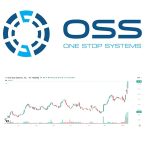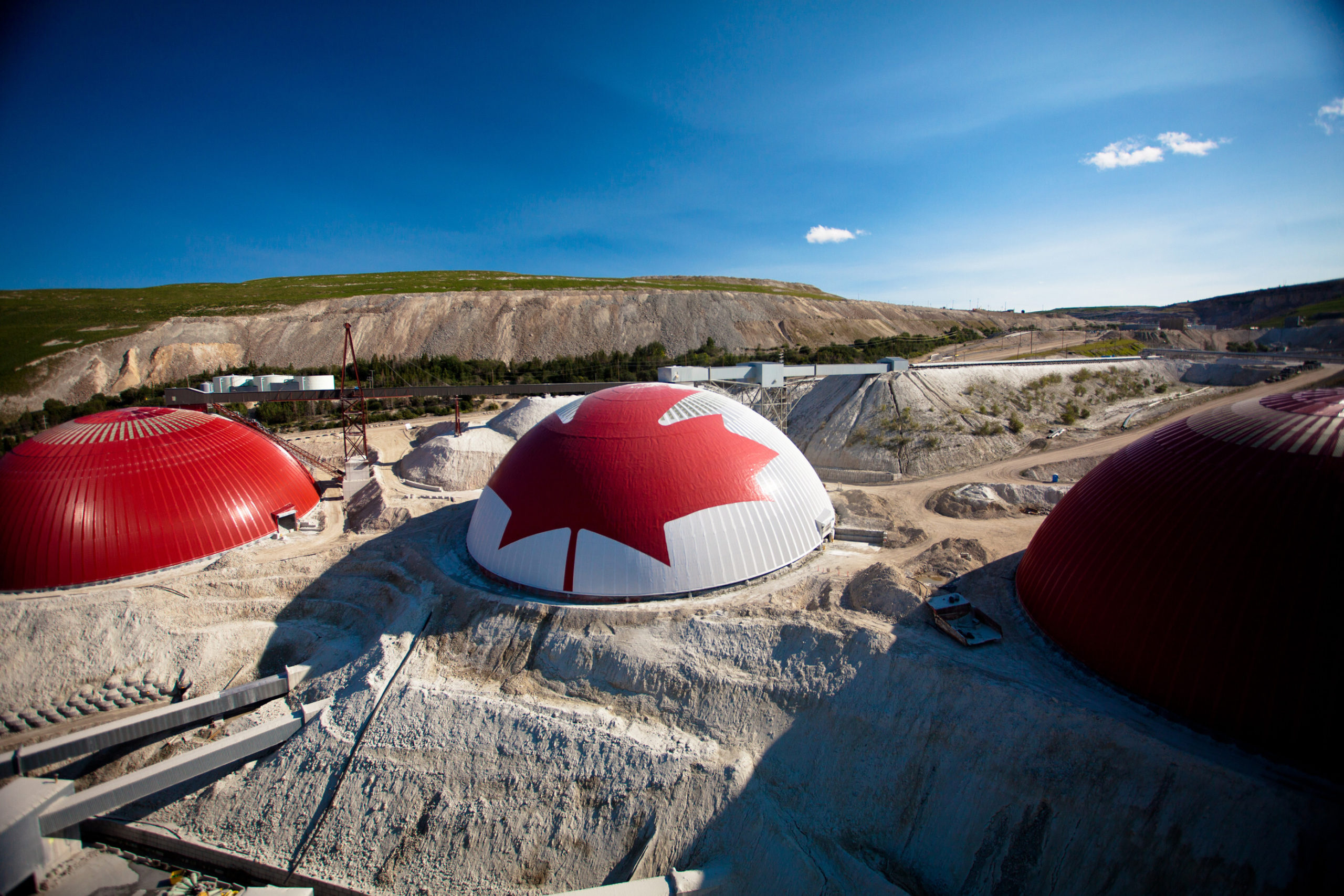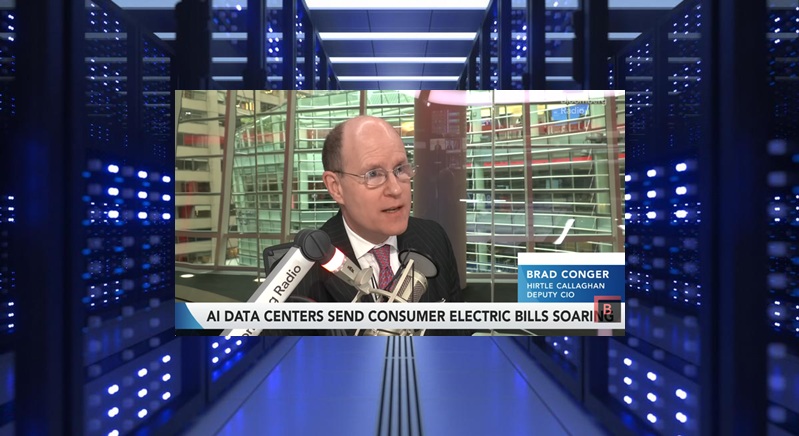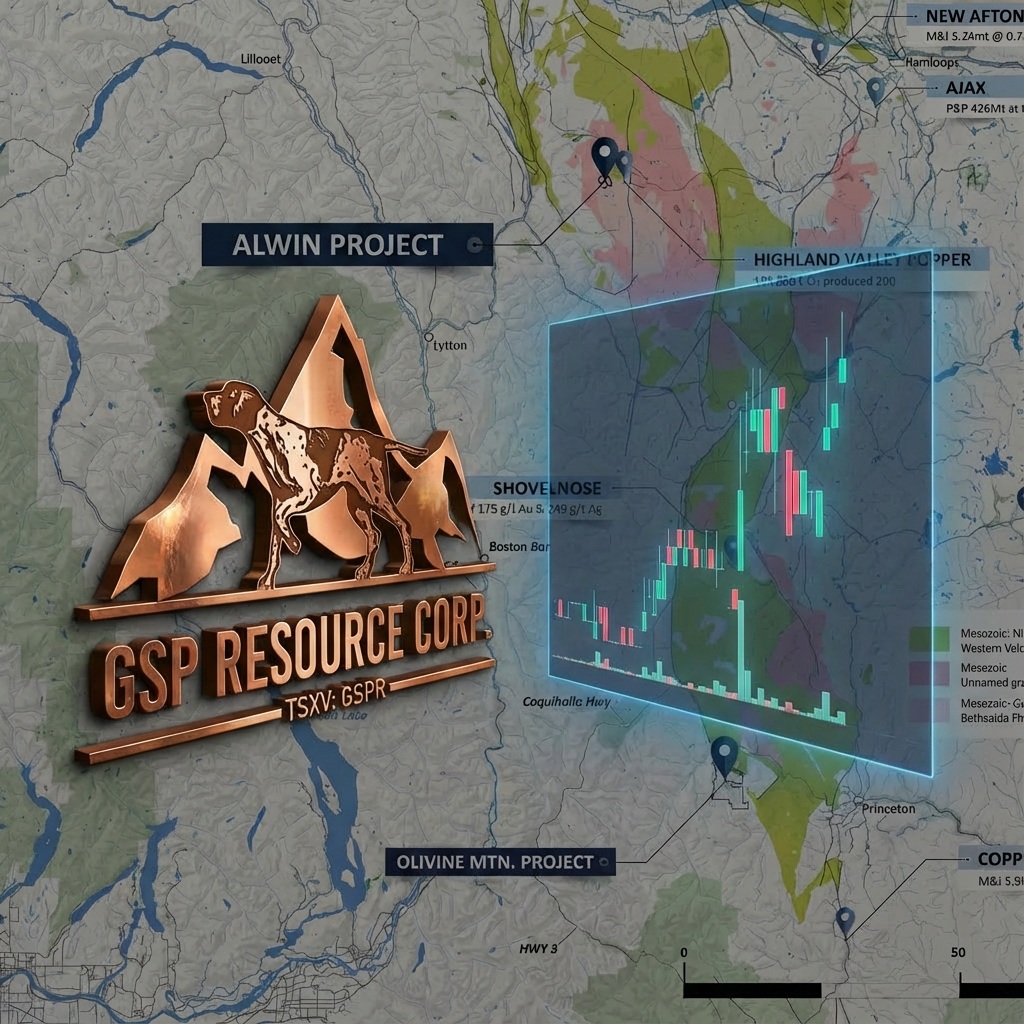
Peter Thiel–Connected Investor Backs Super Copper; Shares Gain 9.86% to $0.78
On Thursday afternoon, NIA introduced Super Copper (CSE: CUPR) at $0.68 per share as a…
Is Peter Thiel Investing into Copper?
We found something interesting. Every time Peter Thiel invests into a new company we almost…
Titan CEO Was on Fox Business
NIA said last month that Titan Mining (TII) “will become the natural resource sector’s #1…
NIA’s #1 Pick for 2026 Titan Mining (TII) Hits New All-Time High
NIA's #1 favorite overall stock suggestion for 2026 Titan Mining (TII) is up by 30.35% today to…
Two Small-Caps Positioned Next to Multi-Billion-Dollar Mining Projects
GSP Resource (TSXV: GSPR) and Noble Mineral Exploration (TSXV: NOB) stand out as the two…
GSP Resource Gains 6.67% and Hits New 52-Week High
NIA’s latest brand-new stock suggestion GSP Resource (TSXV: GSPR) gained 6.67% today to $0.16 per…
Heliostar Projects Huge Growth in 2026 Gold Production
The world's #1 best-managed producing gold miner Heliostar Metals (TSXV: HSTR) is poised to achieve…
A $2 Billion Bet on Canadian Copper
One of the most important developments in Canadian mining right now is Teck Resources’ more…
Huge Breakout for Noble Mineral Exploration (TSXV: NOB)
NIA's second to latest brand-new stock suggestion Noble Mineral Exploration (TSXV: NOB) is up by…
NIA’s #1 Pick for 2025 OSS Up 9.57% to New All-Time High of $11.45
On the evening of December 5, 2024, NIA announced One Stop Systems (OSS) at $2.41…


















